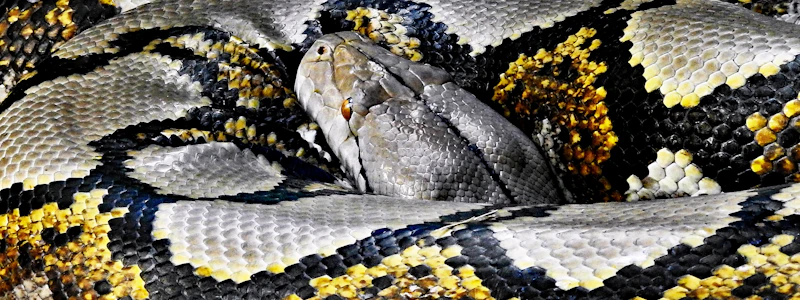Podcast
Questions and Answers
When was Python 3.0 released?
When was Python 3.0 released?
- 1991
- 2000
- 2008 (correct)
- 2020
Who is the creator of Python?
Who is the creator of Python?
- Mark Zuckerberg
- Sergey Brin
- Larry Page
- Guido van Rossum (correct)
What is a key feature of Python's design philosophy?
What is a key feature of Python's design philosophy?
- Emphasis on low-level optimization
- Emphasis on implicit typing
- Emphasis on code readability (correct)
- Emphasis on complex syntax
Which programming paradigms does Python support?
Which programming paradigms does Python support?
What was Python 2.7.18 known for?
What was Python 2.7.18 known for?
Where did the implementation of Python begin?
Where did the implementation of Python begin?
What term is used to describe code that uses Python idioms well, is natural or shows fluency in the language, or conforms with Python's minimalist philosophy and emphasis on readability?
What term is used to describe code that uses Python idioms well, is natural or shows fluency in the language, or conforms with Python's minimalist philosophy and emphasis on readability?
How does Python delimit blocks of code?
How does Python delimit blocks of code?
Which statement is used to raise a specified exception or re-raise a caught exception in Python?
Which statement is used to raise a specified exception or re-raise a caught exception in Python?
What is the recommended indent size in Python?
What is the recommended indent size in Python?
Which statement is used to define a function or method in Python?
Which statement is used to define a function or method in Python?
What is the term used to describe code that is difficult to understand or reads like a rough transcription from another programming language?
What is the term used to describe code that is difficult to understand or reads like a rough transcription from another programming language?
Which statement is used to exit a loop in Python?
Which statement is used to exit a loop in Python?
What is the term used to describe Python code that may use Python idioms well, be natural or show fluency in the language, or conform with Python's minimalist philosophy and emphasis on readability?
What is the term used to describe Python code that may use Python idioms well, be natural or show fluency in the language, or conform with Python's minimalist philosophy and emphasis on readability?
When was Python 2.7's end-of-life initially set?
When was Python 2.7's end-of-life initially set?
Which major feature was introduced in Python 2.0?
Which major feature was introduced in Python 2.0?
What is the current stable release of Python?
What is the current stable release of Python?
Who was the lead developer of Python until July 2018?
Who was the lead developer of Python until July 2018?
What summarizes Python's core philosophy?
What summarizes Python's core philosophy?
What type of programming does Python's design philosophy support?
What type of programming does Python's design philosophy support?
Flashcards are hidden until you start studying
Study Notes
Python Programming Language Overview
- Guido van Rossum was the lead developer and "benevolent dictator for life" of Python until July 2018, when he stepped down from his responsibilities.
- A five-member Steering Council was elected by active Python core developers in January 2019 to lead the project.
- Python 2.0 was released on October 16, 2000, introducing major new features such as list comprehensions, cycle-detecting garbage collection, reference counting, and Unicode support.
- Python 3.0, released on December 3, 2008, included backported major features to Python 2.6.x and 2.7.x.
- Python 2.7's end-of-life was initially set for 2015, then postponed to 2020 due to concerns about code transition to Python 3.
- Python 3.12 is the current stable release, with Python 3.11 and 3.12 being the only versions with active support.
- Python 3.12 introduced new syntax features, including the "type" keyword, and dropped outdated modules and functionality.
- Python's design philosophy supports object-oriented, structured, functional, and aspect-oriented programming, with dynamic typing and memory management using reference counting and a cycle-detecting garbage collector.
- The Zen of Python (PEP 20) summarizes Python's core philosophy, emphasizing simplicity, readability, and modularity.
- Python is designed to be highly extensible via modules, with a small core language and a large standard library.
- Python embraces a philosophy of "there should be one obvious way to do it" and strives to avoid premature optimization.
- Python's developers aim for it to be fun to use, reflected in its name and occasionally playful approaches to tutorials and reference materials.
Studying That Suits You
Use AI to generate personalized quizzes and flashcards to suit your learning preferences.



